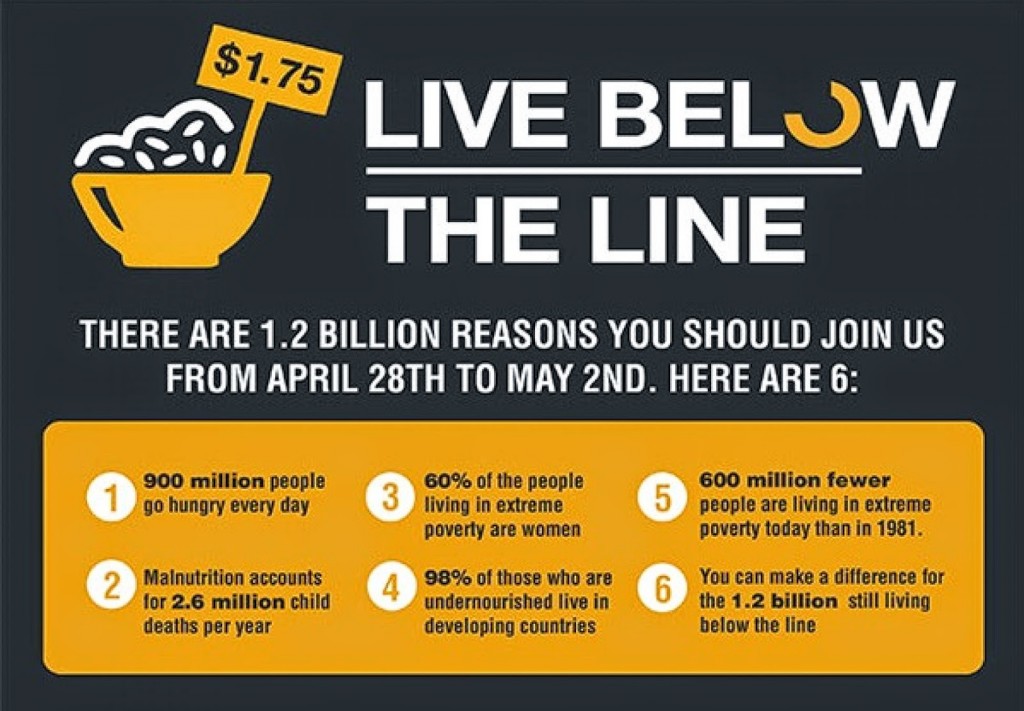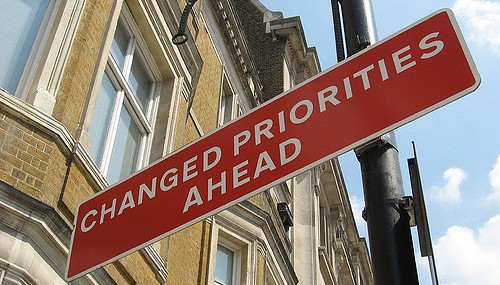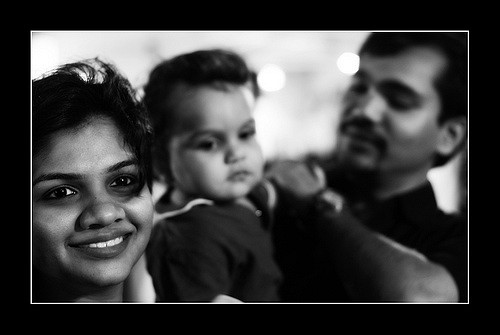
Everyone knows that having kids is expensive, and the dollars really start adding up when you consider lost wages or salary which comes with having to be a stay-at-home parent. Furthermore, even if you enroll in a daycare, the best facilities are often quite expensive and highly selective. What are parents to do? Though it rubs against the grain of conventional American wisdom, Germany offers an interesting model. Recently, as described in the Atlantic, a German court ruled that parents can sue for lost wages if they are unable to find a daycare facility for their children.
In the U.S., where families are considered a more private matter, this seems like a big move for the government to make. Remember, however, that Germany is one of many countries where the state is more involved in such matters; in fact, Germany has taken steps to ensure universal, low-cost daycare. Here in the U.S., where families looking for child care providers have to turn to a market with very little regulation, cheaper options are often imperfect solutions. The cheaper option — home daycare — can be risky. Research by sociologists Julia Wrigley and Joanna Dreby shows that the mortality rate for infants is seven times higher in home day cares versus daycare facilities.
Though the German model of daycare as a public interest seems removed from American norms, the day care system in the U.S. seems ripe for renovation.









